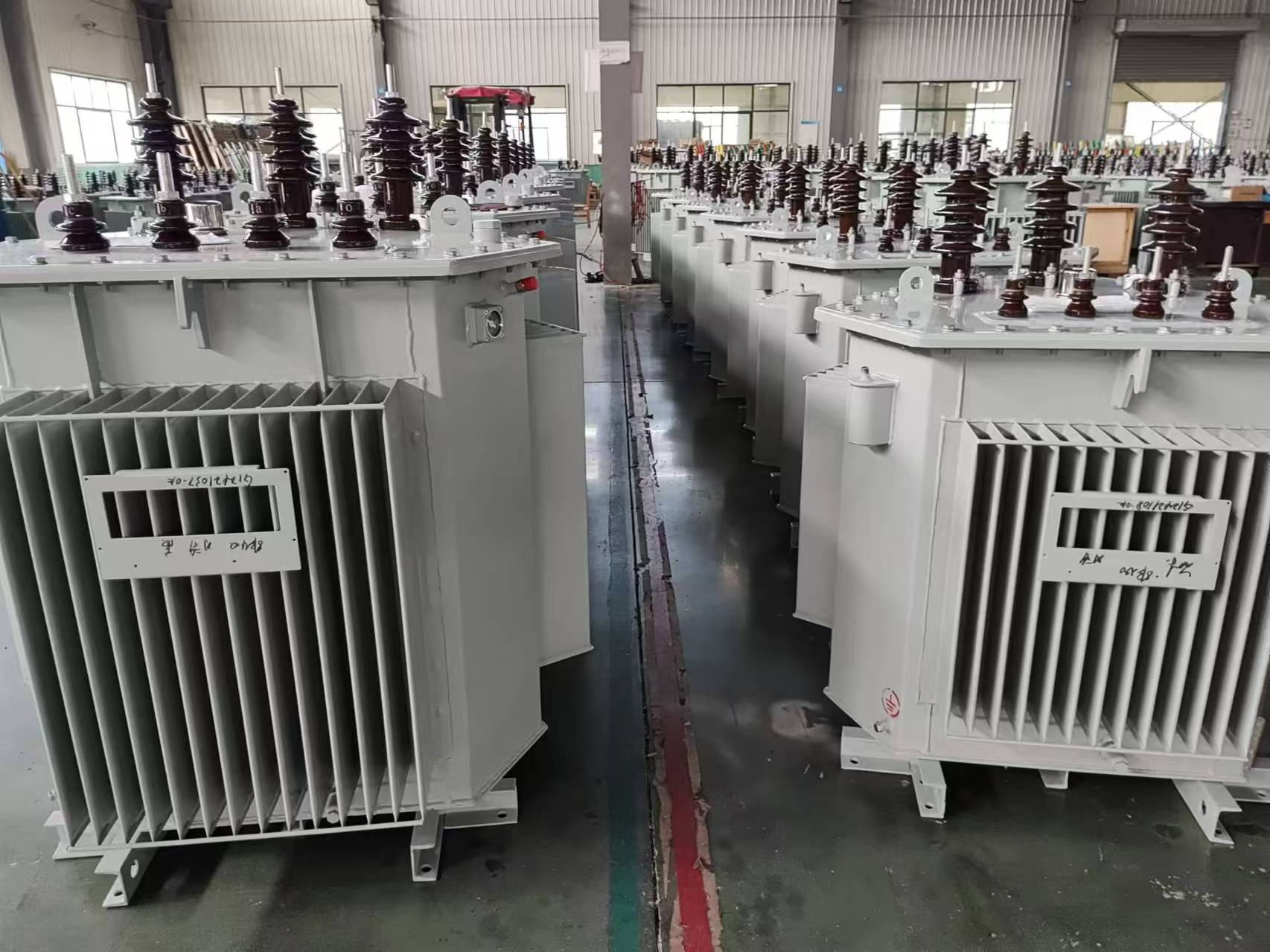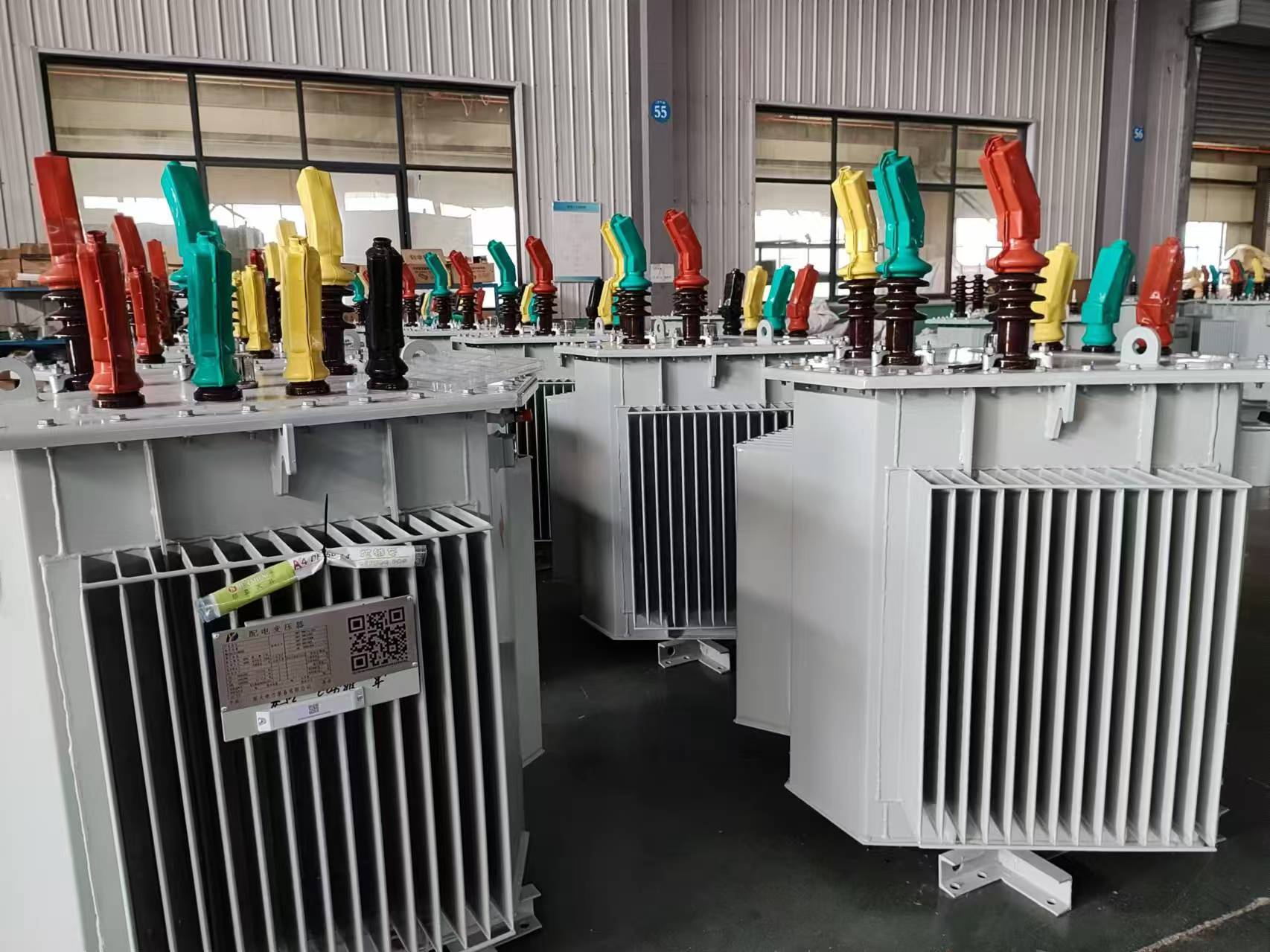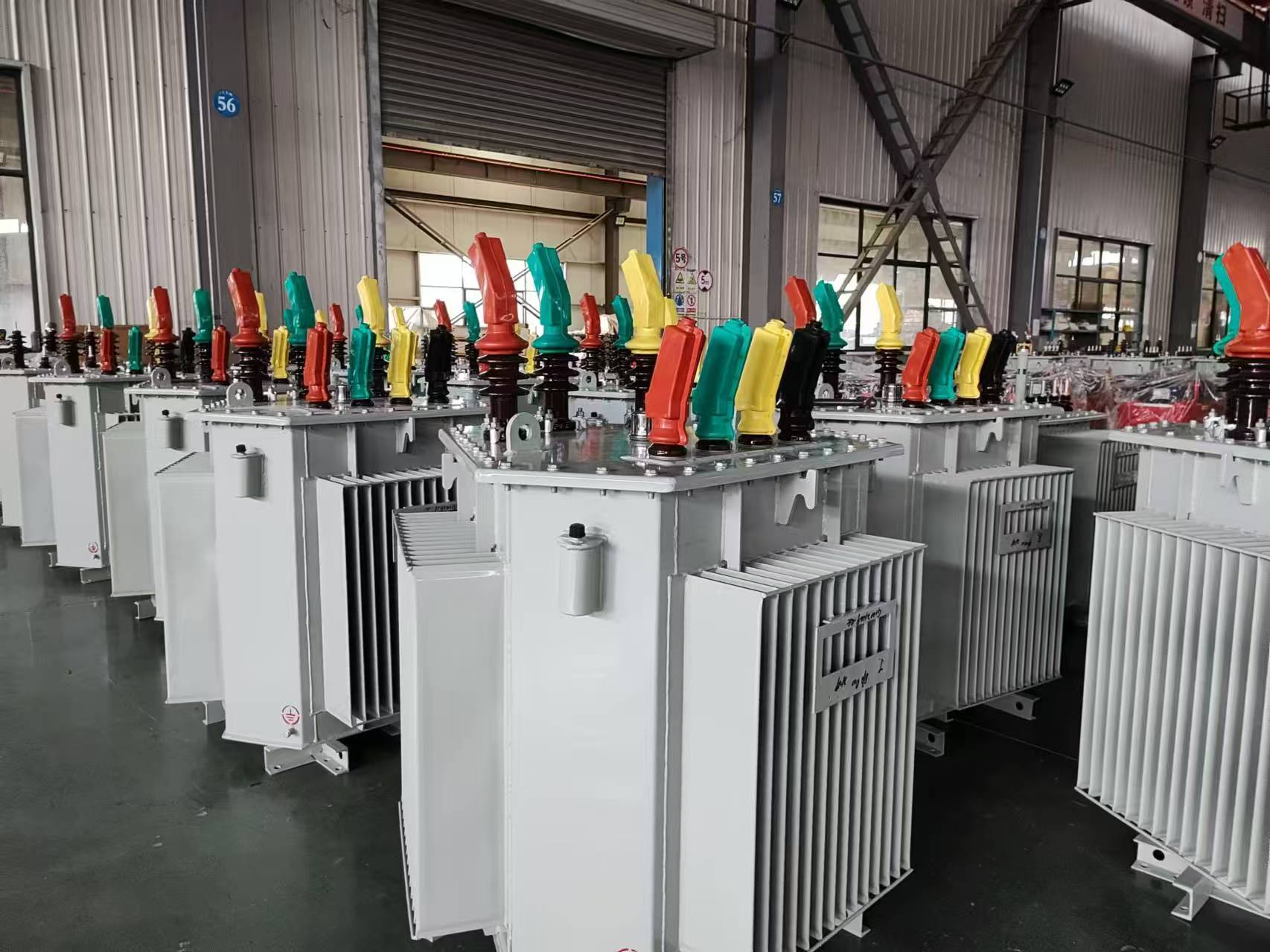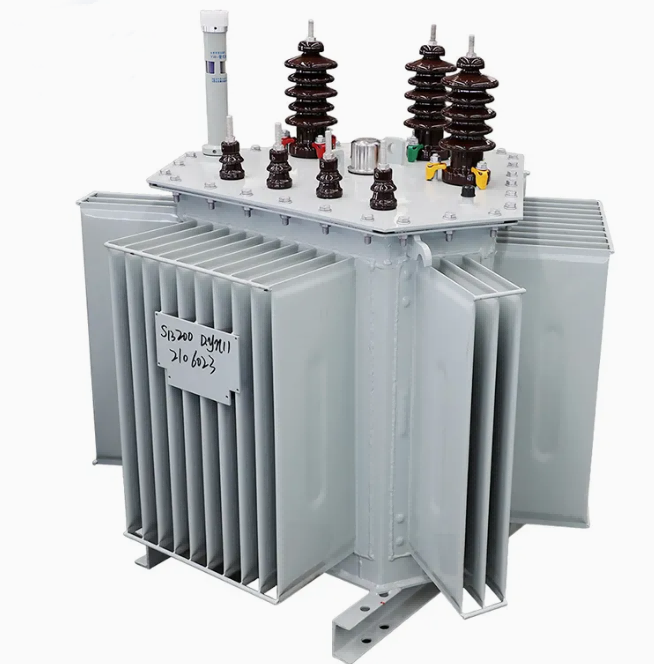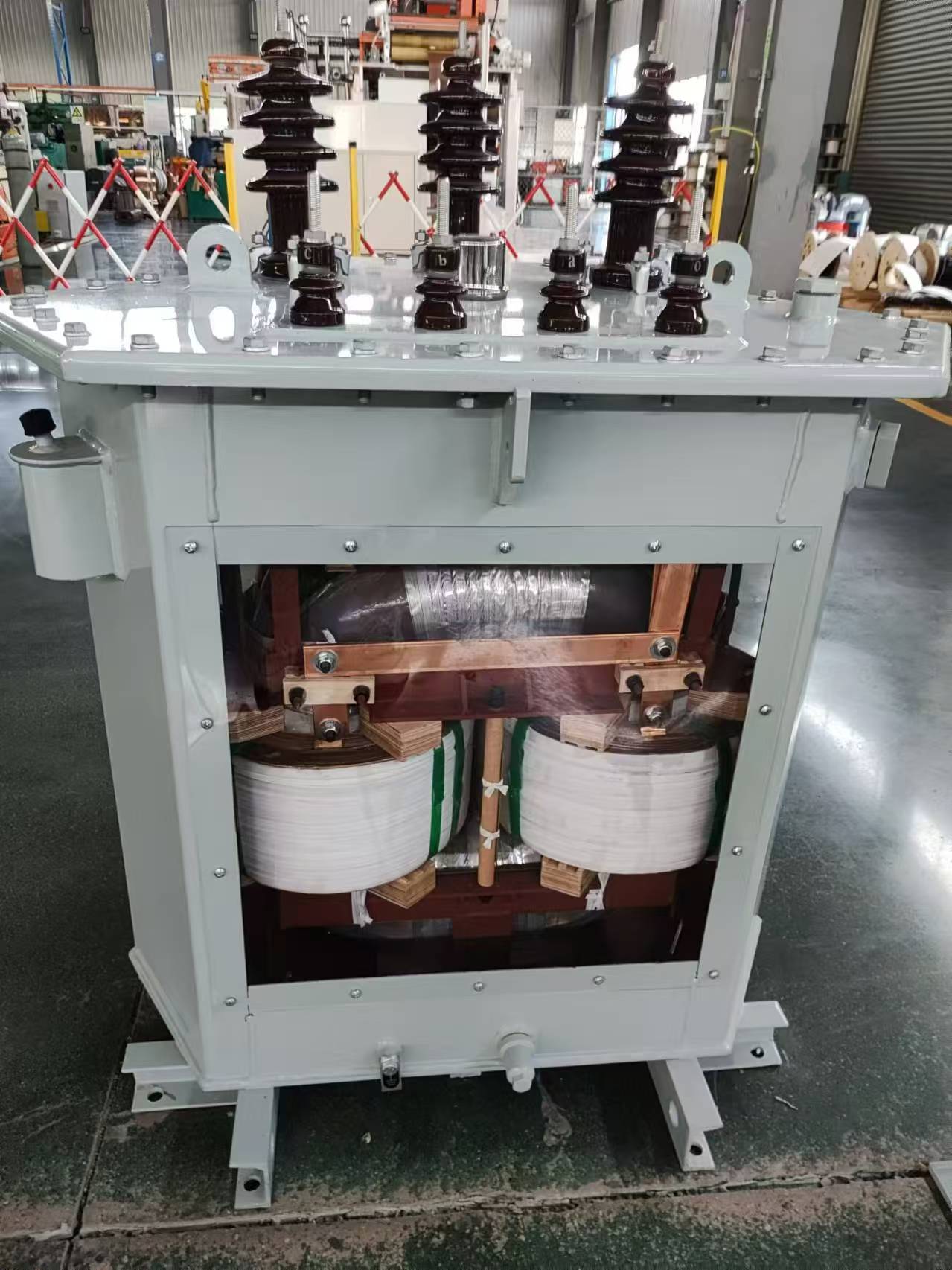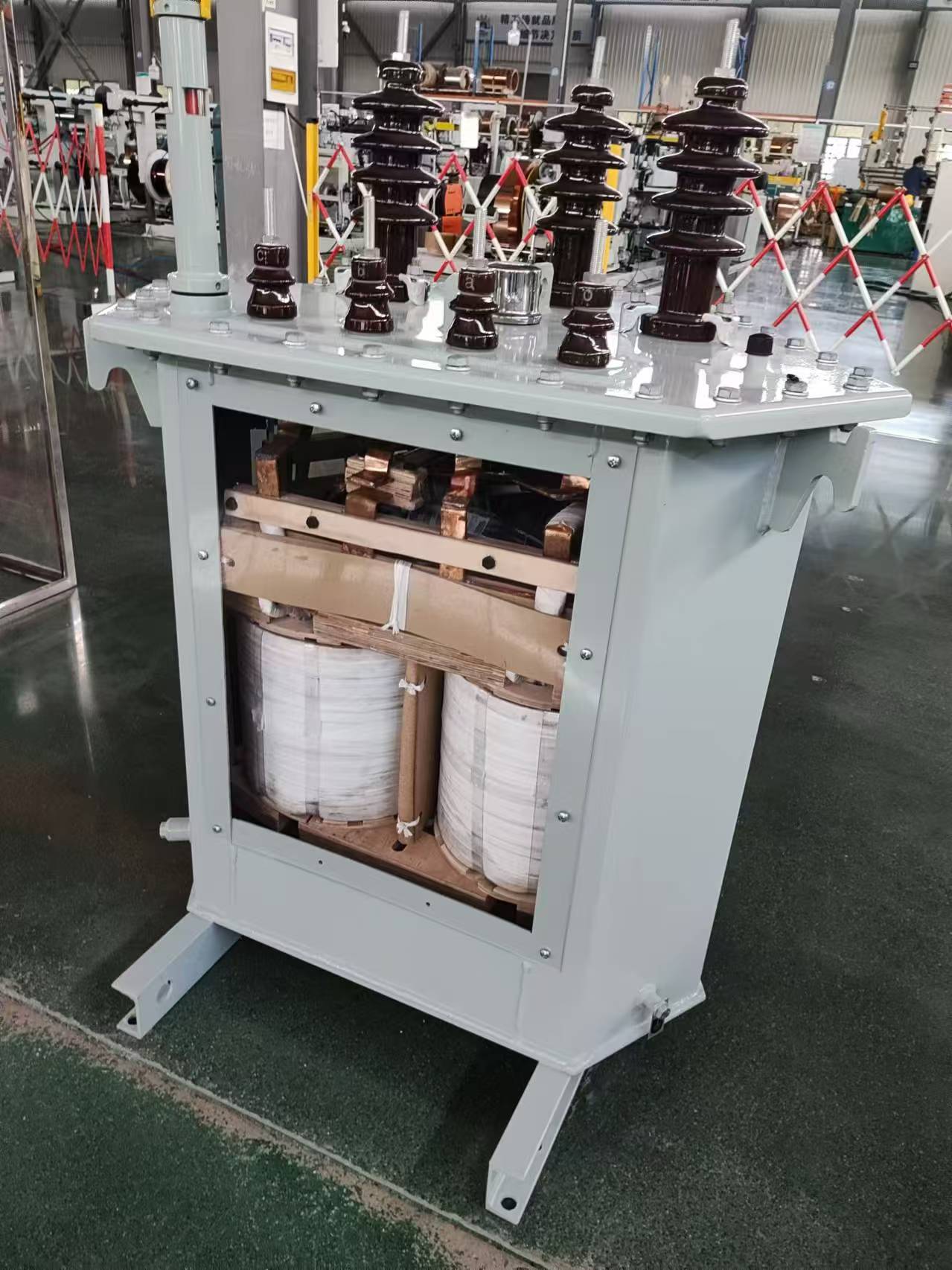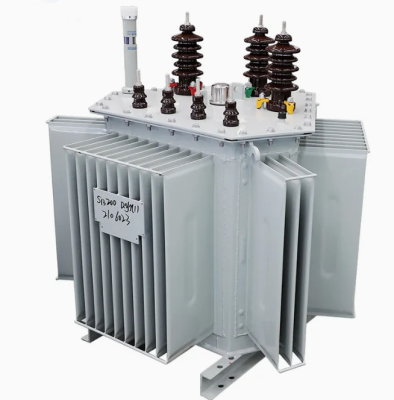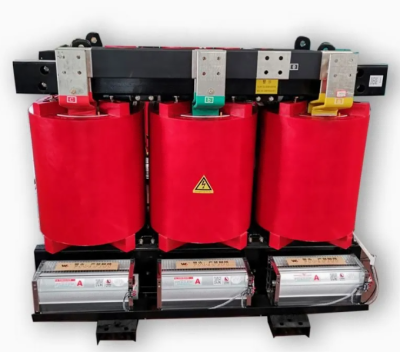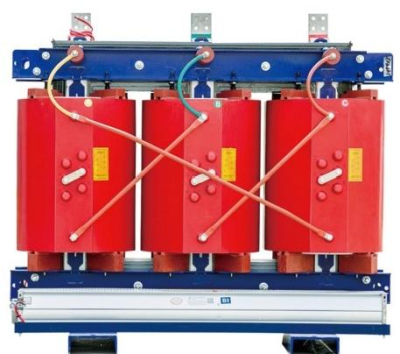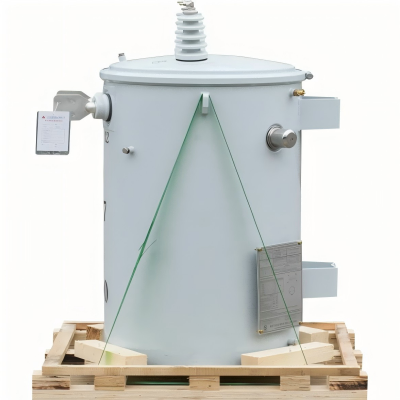50KVA Amorphous Transformer
The SBH21-M.RL-50 is a transformer that uses amorphous alloy material as its core. The characteristic of this material is its extremely low hysteresis loss and eddy current loss, which significantly reduces no-load loss and improves the energy efficiency ratio, achieving energy-saving effects.
High-quality insulation materials: Ensure the transformer's insulation performance in various environments, enhancing operational safety.
Heat dissipation design: May employ oil-immersed self-cooling or dry-type designs, ensuring good heat dissipation during long-term operation.
Safety measures: Equipped with explosion-proof devices and other safety measures to ensure the transformer's safe operation under abnormal conditions.
Low noise operation: Through optimized design, effectively reduce operating noise, suitable for environments with strict noise control requirements.
Excellent short-circuit resistance: The high mechanical strength of amorphous alloy materials enables the transformer to withstand large short-circuit current shocks, enhancing system stability.
Compact and lightweight: Compared to traditional transformers, it has a smaller volume and lighter weight, facilitating transportation, installation, and maintenance.
Technical Parameters (Example)
Rated capacity: 50kVA
Voltage level: 10kV/0.4kV (can be customized according to needs)
Cooling method: Oil-immersed self-cooling or dry-type air self-cooling
Connection group: Yyn0 or Dyn11, etc. (to be selected based on application scenarios)
Insulation level: Class B or higher
Protection level: IP20 or higher
No-load loss and load loss: Kept at a low level
Application Scenarios
The SBH21-M.RL-50 amorphous alloy tran sformer is suitable for multiple fields, including but not limited to:
Small industrial production lines: Providing stable and reliable power support, ensuring the continuity of the production process.
Commercial facilities: Such as small shops, offices, etc., ensuring the stability and reliability of power supply, reducing commercial losses due to power issues.
Public facilities: Such as small schools, community centers, etc., meeting their basic requirements for power quality and safety, providing better services for community residents.
Places with special requirements for noise and environmental friendliness: Such as small power facilities near residential areas or within ecological reserves, its low noise and environmental protection characteristics make it the ideal choice for these locations.


